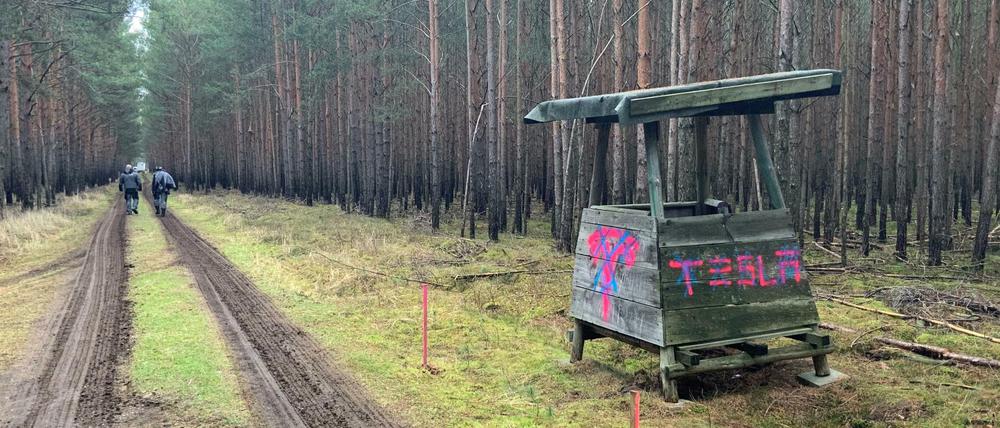Nonresident of California on Exercise Date If you exercise your nonstatutory stock options while a nonresident, the character of the stock option income recognized is compensation for services rendered. California will tax the wage income you receive to the extent you performed services in this state, whether you were always a nonresident or were formerly a California resident. (Appeal of Charles W. and Mary D. Perelle, 1958-SBE-057, December 17, 1958)
...
Services performed within and outside of California If you performed services for the corporation both within and outside California, you must allocate to California that portion of total compensation reasonably attributed to services performed in this state. (California Code of Regulations, Title 18, Section 17951-5(b))
One reasonable method is an allocation based on the time worked. The period of time you performed services includes the total amount of time from the grant date to the exercise date (or the date your employment ended, if earlier).
The allocation ratio is:
California workdays from grant date to exercise date ÷ Total workdays from grant date to exercise date
Income taxable by California = Total stock option income × allocation ratio
Example 3 On July 1, 2009, while a resident of Texas, your company grants you nonstatutory stock options. On July 1, 2010, your company permanently transfers you to California. On July 1, 2013, you leave the company and permanently move to Florida. From July 1, 2009 through July 1, 2013, you worked for the company a total of 700 days in California and 300 days in other states. On August 1, 2013, you exercise your options.
Determination: The difference between the fair market value of your shares on August 1, 2013, and the option price is stock option income characterized as compensation for services. The total workdays from grant date to exercise date equal 1000 workdays (700 California workdays + 300 other state workdays). Your allocation ratio is .70 (700 California workdays ÷ 1000 total workdays). Therefore, California will tax 70 percent of your total stock option income.




